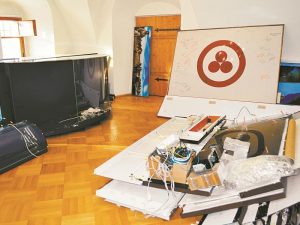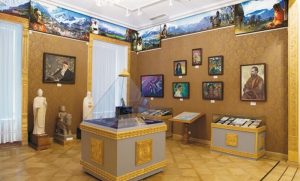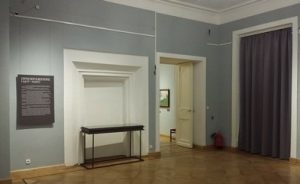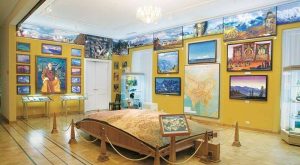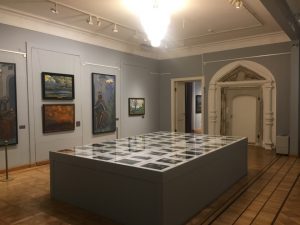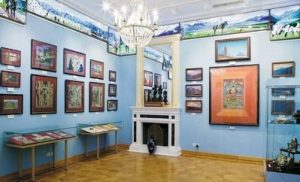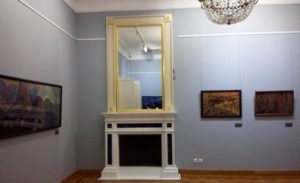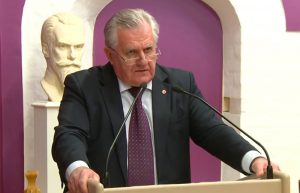28.01.2021
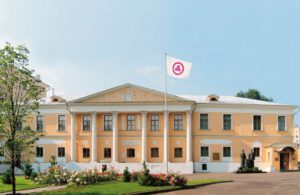 Respect, stupidity or… revenge? That was the question I asked myself after it became known how it was decided to perpetuate the memory of the legendary figure of Russian culture, long-term director, and the president of the Pushkin Museum, Irina Alexandrovna Antonova.
Respect, stupidity or… revenge? That was the question I asked myself after it became known how it was decided to perpetuate the memory of the legendary figure of Russian culture, long-term director, and the president of the Pushkin Museum, Irina Alexandrovna Antonova.
Most likely, the museum management decided to create and place an exposition dedicated to Irina Alexandrovna’s life and work in the building of the former Lopukhins’ estate following discussions with the Ministry of Culture. At first glance, it may seem that this is a great decision. However, what seems to be honour is, in fact, a sophisticated mockery as every person who is interested in the life of Russian culture is aware of the high-profile events associated with the above-mentioned estate.
They know that this building belonged to the public museum named after Nicholas Roerich for almost a quarter of a century. It is known that the estate was in a dilapidated state at the time of the USSR’s collapse. It was restored brilliantly by the public without any budgetary investments in the 90s. But – most importantly – Svetoslav Roerich received the building for the organization of this museum under the guarantees of the supreme power, and only under these guarantees, he donated the most valuable family heritage to the International Centre of the Roerichs – hundreds of paintings, archives and many objects of art. The Lopukhins’ estate was the jewel of Moscow museums for years until this historical place turned into a crime scene. The estate was seized by Ministry of Culture employees and unknown security forces in violation of the Russian Federation laws on the night of April 29-30, 2017. As a result of the seizure, the public museum was destroyed in the literal sense of the word. (forward…)

